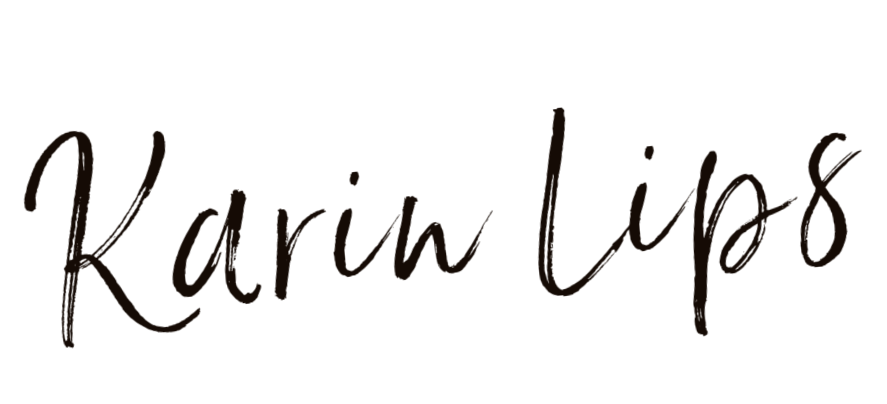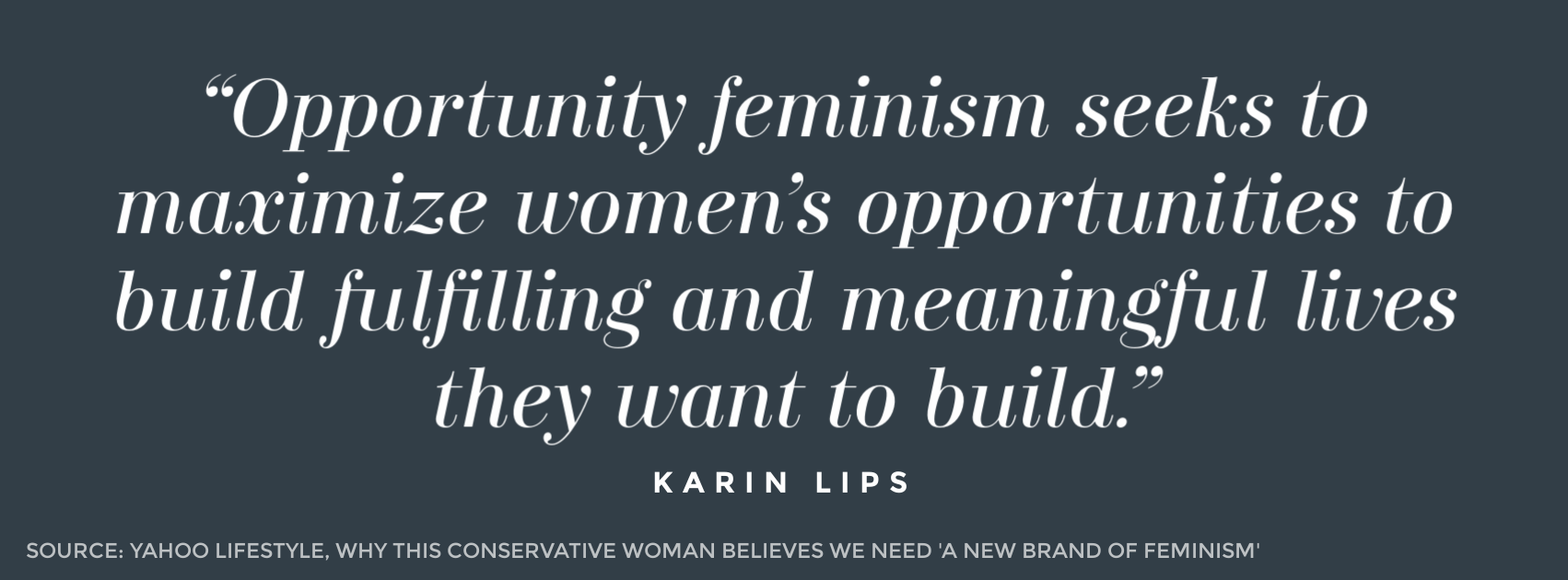Claiming Economic Violence Doesn’t Help The Cause Of #MeToo Or Equal Pay
This article originally appeared in Forbes.
Hollywood actresses speaking out probably stopped more women from becoming Harvey Weinstein’s victims. They also sparked the important #MeToo conversation.
This movement has exposed and taken down industry titans for sexual harassment and sexual assault. And it has served as a catalyst for reevaluating how women are treated in the workplace. We all agree that women shouldn’t face physical violence at work, whether sexually motivated or not.
But just months after Weinstein’s victims started a national discussion on sexual harassment and sexual assault, the conversation is being diverted to a different issue.
As often happens with popular causes, opportunists are now piggybacking on the #MeToo campaign to exploit it for their own purpose. What started as women (and some men) coming together to share their stories of sexual harassment and sexual assault at the hands of powerful men and calling for much-needed change is being manipulated into a movement that equates pay differences with physical violence. In a guest column for The Hollywood Reporter, Tarana Burke, Ai-jen Poo and Monica Ramirez, three activists who attended the Golden Globes with actresses, wrote:
The Golden Globes felt historic. Because it felt that perhaps gender equity might be within reach after decades of work to bend the arc toward justice, but we were quickly reminded that violence comes in many forms, from physical and the emotional to the economic. While Hollywood is trying to address its problem with sexual violence, we want to underscore that the failure to pay women fairly is another way of exacting violence on women workers by devaluing their worth and contributions.
These activists are equating the idea that women get paid less than men for the same work with “sexual violence” by referring to it as economic violence (hat tip to Emily Jashinsky). But these are very different things, particularly when one understands the misleading analysis that has been used to convince many women they face widespread pay discrimination at work.
Those who argue that women make less on the dollar that men earn frequently point to U.S Bureau of Labor Statisticsdata as evidence. But the statistic at issue (83 cents here) measures the median earnings of women and men in full-time wage and salary jobs. It does not compare two similarly situated people. For example, it doesn’t factor in many of the choices that women and men make—including education, years of experience and hours worked—that influence earnings.
In The Hollywood Reporter op-ed, the three activists write: “The average wage gap for women overall is 80 cents to the dollar,” citing a National Women’s Law Center Fact Sheetthat also compares median earnings of full-time workers.
Although the limitations of using this comparison as evidence of rampant discrimination has been debunked, some on the political left continue to cite it as a justification for more workplace regulations and oversight. There is a downside to more regulations, which impacts women. Greater regulations impose costs on businesses, the same businesses that women start and hire women.
Any actual or perceived pay inequality isn’t the same thing as physical violence. Equating the two belittles victims of violence. And it hurts the momentum to root out sexual assault by turning a cause we can all rally behind into a partisan issue.



